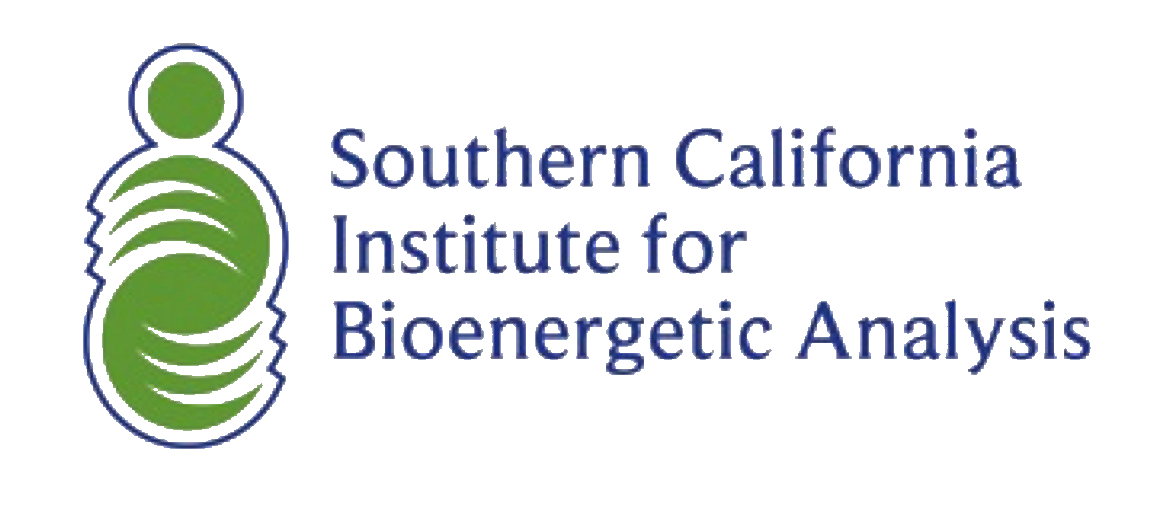WORKSHOPS

Beyond Feet: Whole Body Myofascial Release for Fragile Times
Ann Coleman, LMSW, CBT and Christine Harris, LMFT, CBT, LMT
Developing a
Healthy Body-Scheme
in Fragile Times
Dr. Jörg Clauer, MD, CBT
Life, Entropy, Information, Emotions, and Trauma
Homayoun Shahri, PhD, MA, CBT, LMFT
One more workshop coming soon….
Workshop Details
Christine Harris, LMFT, CBT, LMT
Ann Coleman, LMSW, CBT
Beyond Feet:
Whole Body Myofascial Release for Fragile Times
We’ve come together again after a long pandemic that induced isolation and for many of us a fear of our own fragility because of the polarized framing of either strong/healthy or fragile/sick/dead. If we consider the opposite of fragile to be resilience, we can begin to incorporate the idea that life—the life of our cells, the life of our bodies, the life of our relationships--ebb and flow. We can be tired and bounce back with sleep. We can be dehydrated and bounce back with water. We can be alone and afraid and bounce back with connection. In this workshop we will look at and work with our resiliency through connection with our bodies and each other, via the fascia.
Fascia is the connective tissue that is found below the skin in our bodies. These tissues attach to, connect, and stabilize the muscles and organs of the body. Fascia also carries communication from parts of the body to each other and the brain, playing a major role in interoception (the perception of the inside of one’s body). Socially speaking attachment and connection provide us stabilization during stressful or unsafe times like pandemics. Connection to self and others builds resiliency.
Christine and Ann will guide you in an experience of opening your interoception and connecting with others so that you can begin to feel a sense of where your resiliency lies. You will learn both hands on and self mysofascial release (MFR) designed to be used in conjunction with Bioenergetic techniques. These techniques are designed to help when a person’s ability to connect with themselves and others is blocked. We will take you beyond standing with balls under your feet for grounding into more in depth ways of using the balls to open, feel yourself, and be in connection with others. We will bring ourselves back to the safety of connection.
Learning Objectives
Participants will identify 3 “triangles” of opening with myofascial release
Participants will name and perform 3 hands-on myofascial techniques
Participants will identify how to use 3 myofascial techniques to increase efficacy of Bioenergetic techniques
Homayoun Shahri
Learning Objectives:
Participants will identify three processes for how the psyche works from three therapeutic models.
Participants will interpret different perspectives of existing psychological theories, and will identify three consequences from each.
Participants will assess and apply two techniques for revising memories of traumatic events during the reconsolidation phase.
Life, Entropy, Information, Emotions, and Trauma…
in this Fragile Moment
Life is fragile! Every day our unitary psychosomatic structure faces challenges and uncertainties with which it needs to cope to maintain its integrity. The organism needs to expend energy to protect its boundary and reduce the uncertainty and danger in its environment as well as within its own proper structure. In this presentation, I will discuss how, by absorbing energy from the environment, the fragile life is maintained and how it can be sustained and thrive.
I will discuss the relationship between emotions and feelings and the role that each plays within the psyche. Based on the concepts discussed (reduction of entropy), I will also introduce a simplified theory of object relations and self-psychology, and will relate them to modern bioenergetics. Based on the presented theories, I will discuss the memory reconsolidation theory and show how it is possible to revise traumatic memories during the reconsolidation phase. Two body oriented techniques are then introduced based on memory reconsolidation theory and information theoretic neuroscience which are highly effective in potentially erasing the emotional content of traumatic memories and the treatment of shock trauma.
Dr. Jörg Clauer
Learning Objectives:
Participants will apply their knowledge about the importance of our body-scheme to identify three touch techniques they can use to ground.
Participants will plan how to use three exercises with clients and themselves to develop and strengthen the body-scheme.
Participants will identify three disorders that can benefit from the strengthening of the body-scheme by using the exercises in this workshop.
Developing a Healthy
Body-Scheme
in Fragile Times
People with weak or distorted body-scheme (and body image) are not at home in their body and suffer from what we call Alexithymia. This applies for eating and personality disorders as well as psychosomatic diseases.
The actual pandemic has strengthened our experience that touch and self-touch is a way out of this kind of fragility and isolation. For instance, research shows in Anorexia Nervosa the stimulation of the body surface is a wonderful way to build up a healthier body-scheme and body-image. In addition we know that the fetus develops his/her body-scheme already within the womb through the process of intense self touch.
This workshop will provide a “series” of self-touch/self-massage exercises. The regular use of this exercise-program is very effective to get a grounded secure feeling of the body (awareness) and to develop a sustainable and reliable body-scheme as basis for a better and less fragmented way of life.





